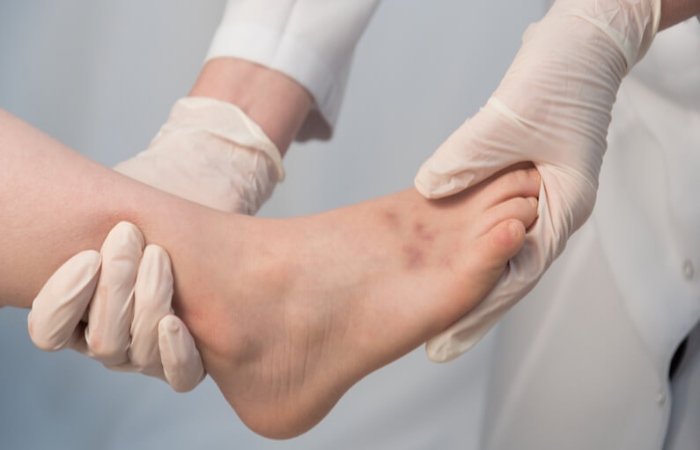Table of Contents
Introduction
Sprains and fractures are common injuries. Sprains are when you stretch or slit the ligaments around a joint. They vary in severity depending on how much damage is done.
Fractures are when a bone breaks to some degree. Hairline fractures are tiny cracks, partial breaks are more significant, and complete fractures are when a bone breaks into two or more pieces. Fractures can also be simple, meaning bone doesn’t break through the skin, or compound, meaning the bone does break through the skin and is visible.
Symptoms that Differentiate a Simple Fracture and a Sprain

After a fall or torsion, the affect person needs to know their pain level and symptoms since this information is essential to identify the type of injury they suffer and the first aid they need.
Sprain: The traumatology’s of clinic Bupa Antofagasta explains that this type of injury generates an “enlargement of the ligaments that protect or stabilize a joint. The most common are ankle sprains. Sprains are classifies into grades, which are:
Grade 1: In this type of sprain, only the elongation of the ligaments is generate. Its symptoms are pain, inflammation, and edema. Most cases do not require kinesiology; an anti-inflammatory treatment and applying ice to the area are enough.
Grade 2: In these cases, “greater distension with partial section of the fibers of the affected ligament is cause. It hurts more, its recovery is longer, and immobilization is usually require, as well as kinesiology”, indicates Muñoz.
Grade 3: These are the most severe sprains since the ligaments are completely cut. In these cases, immobilization of the area with a walking boot (orthosis) is perform if the injury occurs in the ankles. This sprain requires kinesiology, anti-inflammatories, partial rest, support with walking sticks, and a boot.
Fracture: Depending on the type of fall or torsion, it will be the degree of injury that is generate both at the muscular and joint levels; that is why it is essential to know that there are simple fractures and open fractures (when the bone comes out) that are the most serious and easy to identify. “Fractures always correspond to an injury of greater complexity and severity, which translates into greater pain, edema (bruise), and functional impotence than a simple sprain,” indicates the traumatology’s.
First Aid
The first aid that should be apply for each injury will depend on the area involve, the most important thing being to observe the limb and ask the affect person the level of pain they feel.
Sprain: In general, we have to immobilize the injured segment. For example, if it is an ankle, a boot, ice, or local cold can be apply, in addition to anti-inflammatories, rest, and elevation of the limb. Subsequently, it is always recommend to go to the doctor to evaluate each case.
Fracture: It is recommend to follow the same steps as above. But immobilization must be more rigorous because, being a fracture, bone stability is compromise. Faced with this injury, you should go quickly to an emergency care facility since the person may feel severe pain and generate inflammation and ecchymosis (hematoma).
Injuries Should always Be Taken Care of
Depending on the cruelty of the injury. There will be consequences that an injury not treat in time by a specialist can cause: “If the person has a grade 1 sprain or a slight contusion. There will be no consequences. But if he has a grade 3 sprain and does not treat it, he may be left with chronic ankle instability, which will bother him forever,” confirms the orthopedic surgeon.
In the case of fractures, the specialist indicates some simple ones. Which only require immobilization and rest. Time in which the body carries out its healing process, and others that require surgery. Still. It will be the traumatology’s who indicates the type of treatment to apply since “leaving a “displace” fracture without specialize assistance can lead to incorrect bone consolidation (it sticks in an incorrect position). Generating sequelae in the future. Therefore, surgery is apply when they are displace or joint fractures. This should be done “fresh,” ideally operate on before two weeks of evolution. Because after that time, the body begins to “repair” the bone. Therefore, it becomes more difficult to obtain perfect results”.
